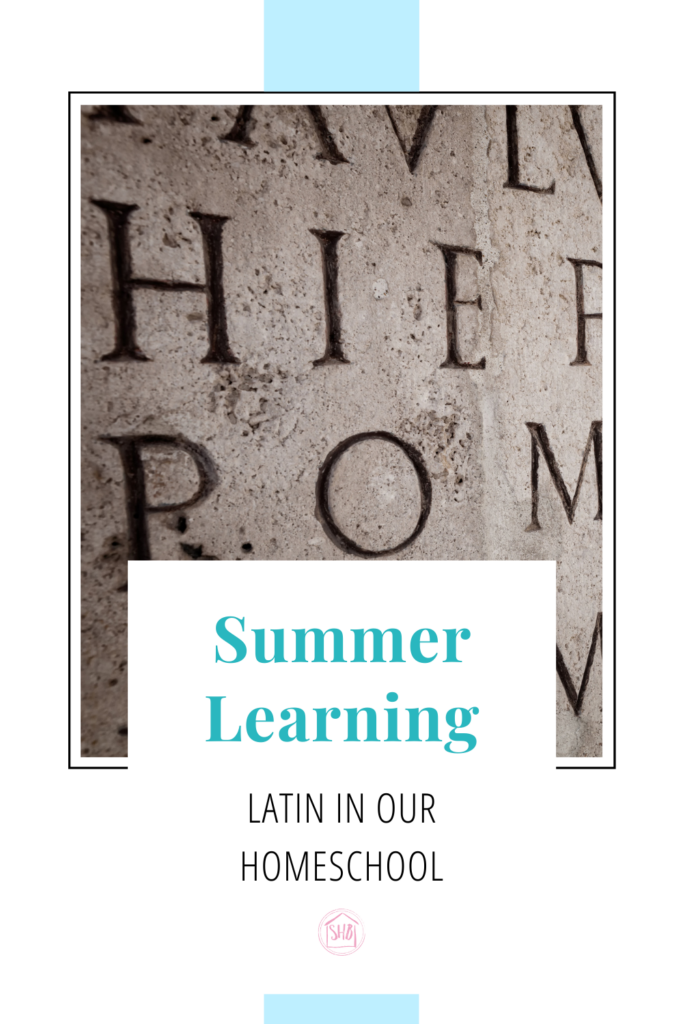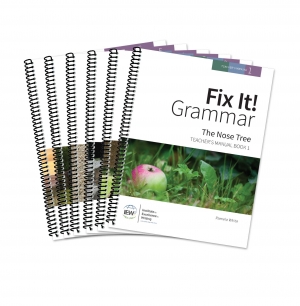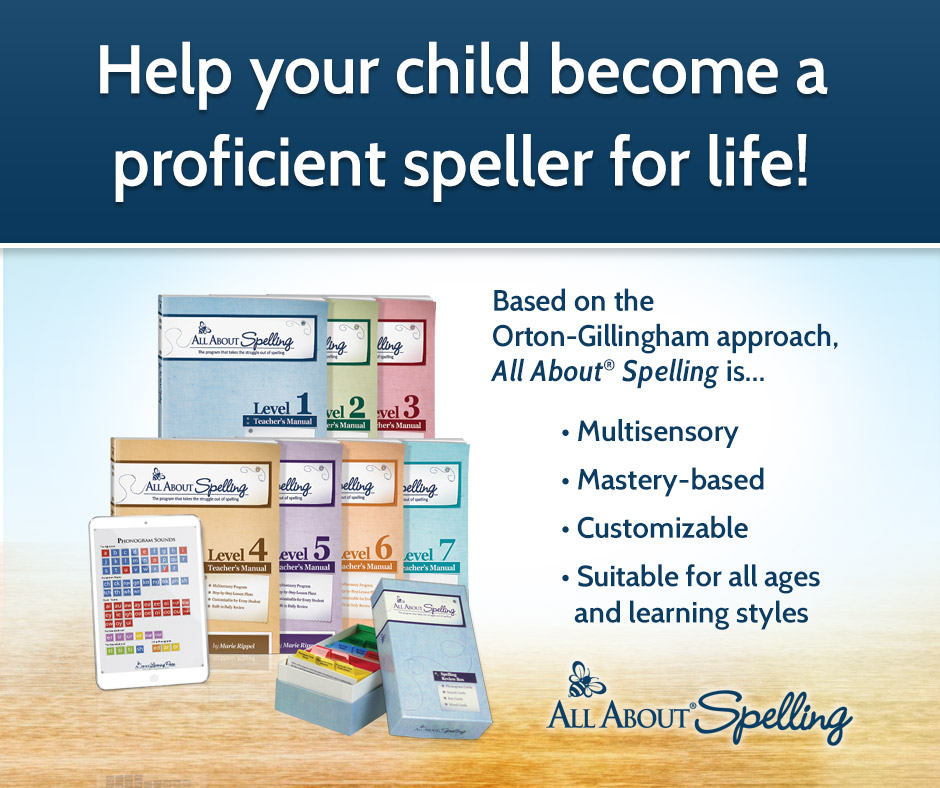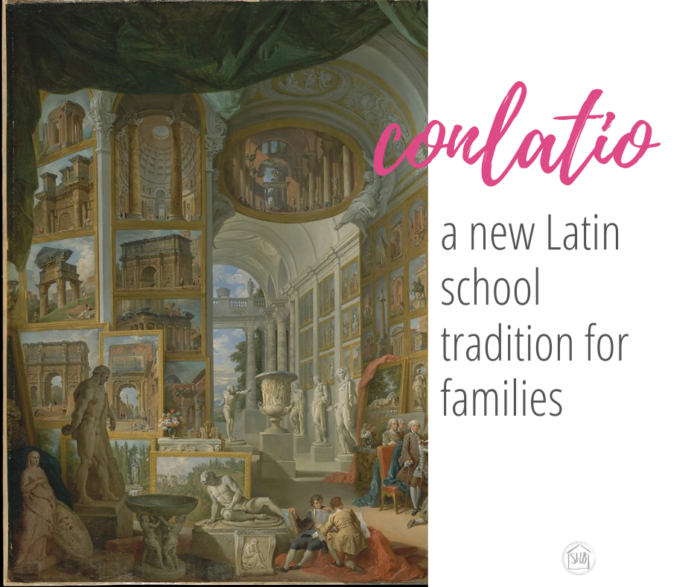
Last year I settled into an idea for gently expanding our Latin studies. My oldest daughter was in fourth grade, which is around the time many Classical and Charlotte Mason thinkers suggest starting formal Latin studies. I knew I wanted to work through a formal Latin curriculum with my fourth grader, slowly. But I also wanted to create something similar to our tradition of Gathering.
We were able to do our Latin Gathering – Conlatio (con-lay-show) for a little bit last fall, but then life got hectic and I never got the motivation to keep it up. But it was so beautiful! Honestly! I knew I wanted to bring it back when we had the time to make it a habit. So, I made it one of my priorities for our Summer Term.
This post may include affiliate links. If you click and make a purchase based on my recommendation, I get a small remuneration at no extra expense to you. I only recommend things I use and believe to be a blessing.
We have been doing my updated (and improved) Latin gathering – Conlatio for the past couple of weeks in our Summer Term and I am again over the moon excited about how well it is going. Let me tell you a little more about our Conlatio and then tell you how it is going.
What is Conlatio?
I shared the reasons for beginning formal Latin education in my first article about Conlatio. In that article, I shared our One-Room Schoolhouse approach to homeschooling which makes it almost impossible to “hide our light under a bushel.” If one kid is learning something, all of them are at least overhearing it. Most of them are already making connections and at a minimum want to be involved.
So, I set out to create a way for us to experience Latin in a family learning setting. The basic goals of Conlatio are to:
- be reviewing what we know,
- expose us to new Latin stuff, and
- start getting the kids used to stretching their brain in Latin directions.
I set the bar really, really low for myself. I have goals to do Conlatio with my kids once a week. And I try to keep it way under an hour. Thirty minutes would be a great amount of time. My kids were actually SO interested in our most recent Conlatio that they kept asking to decline more nouns! Then they extended their studies into lunch time. All on their own, they are getting excited about their Latin learning.
Each Conlatio includes a Latin prayer, a Bible verse, a Latin song, a Latin phrase and some Latin memory work (grammar). Conlatio features the same songs, prayers, verses, and memory work for 4 weeks. That way the kids can spend time growing more familiar with pronunciations and patterns. Also, I am trying to create a playlist on Spotify to help with pronunciation and to give my songs the benefit of learning with music – something we do a LOT around here.
Where Does Conlatio Come From?
Conlatio means “gathering” in Latin. Since we do our Gathering during our “morning time” it seemed a natural fit to name it Conlatio.
I am NOT a Latin scholar by any stretch of the imagination!
Instead, I am enthusiastically taking the role of lead learner with my kids. I started formal Latin studies (when I can fit them in) last year. In that time I have been able to make some progress in Artes Latinae – highly recommened program! I am through Unit Five of Level 1. And I have also been able to work through some translations in one of my vintage Latin textbooks. My goal is to become fluent in Latin by the end of the decade. So I am moving at a snail’s pace, but the learning is riveting! I get so excited about the amount I have been able to learn.
Resources
The resources I depend on for creating our Conlatio are:
- the Classical Conversations Latin memory work (and some English Grammar memory work) from the Foundations and Essentials years – all three cycles.
- Latina Christiana from Memoria Press – I use them for suggestions of Latin songs and Latin phrases
- Latin Lessons by Minnie Louise Smith – this textbook is in the public domain and can be accessed here. I have a vintage copy of it and have found it very helpful. I am considering creating a new printable book version of it for others to enjoy. As it is in the public domain, I have reproduced excerpts of the lessons in the Teacher’s Guide of Conlatio.
With these resources forming the structure of our Conlatio, I add some music on a playlist to go along with our study. We start around our chalkboard table (a natural gathering place for us) and then we move over to the white board for the real deal Latin learning stuff.
How Does Conlatio Go?
I currently have four students (almost 10 – 3 more weeks!, 8, 5, and 3). Since the little ones love to be involved, but they have limits, I have them participate with us in the early stuff. When they get fidgety, let them run off and play with something in the next room. They are still getting something out of it because they can hear us, but they aren’t required to sit still and engage.
To start our day, I have a greeting and then ask who would like to read the Latin prayer and who would like to pray in English for us. Each student has a copy of the Conlatio in front of her. I laminated them for durability.
Then we read the Latin Bible verse and sing the Latin song. For the current Conlatio (vi-ix) we are also looking at Latin numbers and counting together. During these portions of the Conlatio, I encourage my students to notice words which seem familiar to them and tell me their observations. There are many, many opportunities for natural translation because English derives so many of its words from Latin.
Once we are done with the top portion of the Conlatio sheet, I do a formal instruction time. I have upgraded the Conlatio packets to include Teacher’s Guides for each week. Exactly what I say and do with my students is reflected in those guides. This is where we go to the white board and get all Latin grammar intensive. Ha! .
White Board Rules
I have some rules for myself for writing on my white board when I am instructing my kids. Maybe you will find them helpful.
- Ask a LOT of questions.
- Only write what the students say…
- – Unless it is to introduce a SUPER important word or concept.
In the Conlatio Teacher’s Guide tried to include the exact questions I would ask my students (and their responses) where possible.
Class Practice
There is time for class practice built into the formal instruction time. During this, we work on declining Latin nouns, identifying the case of a noun, etc. These kinds of things are perfect for recitation and practice. I have included options, to make it as small or as large as you want it to be. My students were asking to decline just “two more nouns” over and over again during our week vii Conlatio. Oh, and they were translating the Latin nouns even though I was not asking them to – and identifying English and Spanish derivatives!
I try to make sure to finish up the class practice time before their eyes start to glaze! So, if that is just one practice it’s perfect.
Translation Practice
This is my favorite part of Conlatio. It is the part that blows my mind every single week! We have a new Latin phrase each week. I write it down on the board and immediately my kids are ready to translate! In every phrase, we have a key word which helps us to unlock the meaning of the entire phrase.
I am still blown away at how much my kids are able to do because they are engaged and interested.
So far this summer we have only been able to do two of the phrases. Here’s a little more detail into how we unlock the meaning of each phrase:
Week vi – e pluribus unum
This week’s key word was unum – from our Latin math on the Conlatio sheet. My big girls knew unum means one. So, next I asked my students, “What do you think pluribus means?” Out of nowhere, my 3rd grade daughter said, plural. Ding, ding, ding! Absolutely and what does plural mean – many or one? They agreed upon “many” and so we had two of the three words! Then I told them e is used as a prefix in some English words like elude or evade which means to get away from, to avoid. So e means “out of.” When we put it all together, we said, “out of many one.”
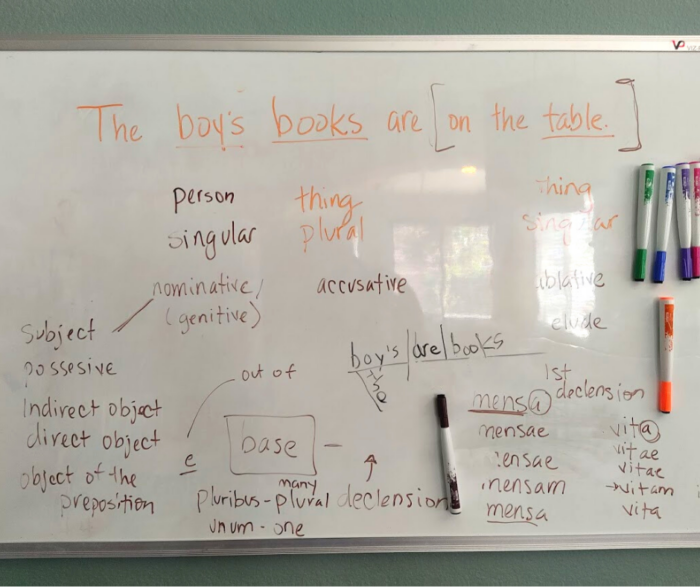
Week vii – simper fideles
Week vii’s key word was fideles. I pointed out to my girls that fideles was in the song we just sang. I asked them what song that is in English. They immediately started singing it in English until they came to “faithful.” Ding, Ding, Ding! Then I told them simper may be a bit too difficult for us with our Latin background. And my oldest daughter just spouted out, “Always be faithful!” I couldn’t believe it! Except for adding the verb- which is not in that phrase – she was dead on! It was just beautiful!
Then we were able to discuss what it means to be always faithful. My kids were over the moon excited about learning the Marine Corps motto. Since their Grandpa (my dad) was a Marine, they had all sorts of questions they wanted to ask him about it. I told them they should write down all their questions and interview him when they see him next.
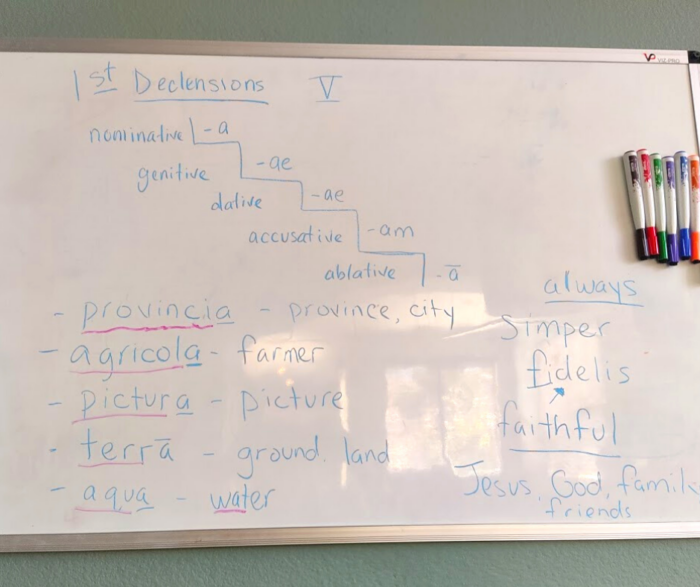
Why I am Loving Conlatio
I think it must be clear from my descriptions of our Conlatio that this is just such a delightful habit for us to get into. There are many reasons I get so excited about it, but I think best one is the stretching of our brains together to solve puzzles. Seeing my children’s eyes light up and hearing my kids say, “Mama, I noticed ____.” It is just such a blessing! These are the moments I know our choice of homeschool was the right one.
Oh, and it is honestly pretty easy! I love that my kids have the memory work to help them along for the rest of their Latin studies. Those declensions and conjugations songs are deep in there! All they need to do is remember the songs and go to work on the rest.
I invite you to join us in our Conlatio. Weeks vi-ix are up now and I will be adding some more as soon as I can get the time. If you have any questions about how we do Conlatio, please ask or drop me an email! You can get Conlatio, weeks vi-ix right here:
